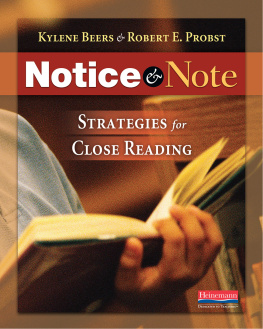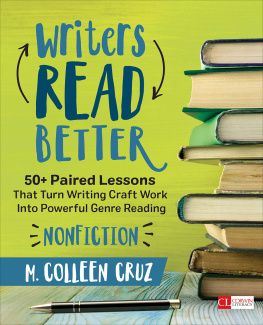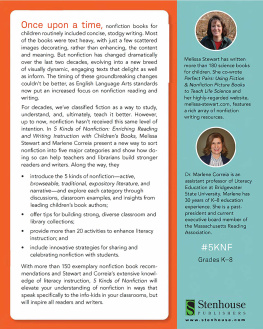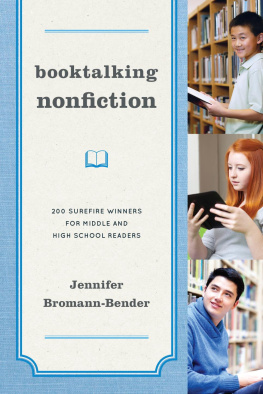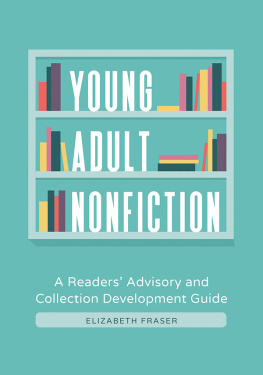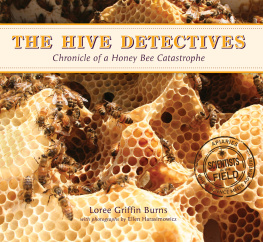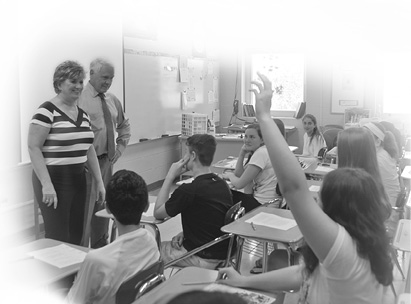Kylene Beers - Reading Nonfiction: Notice & Note Stances, Signposts, and Strategies
Here you can read online Kylene Beers - Reading Nonfiction: Notice & Note Stances, Signposts, and Strategies full text of the book (entire story) in english for free. Download pdf and epub, get meaning, cover and reviews about this ebook. year: 2016, publisher: Heinemann, genre: Religion. Description of the work, (preface) as well as reviews are available. Best literature library LitArk.com created for fans of good reading and offers a wide selection of genres:
Romance novel
Science fiction
Adventure
Detective
Science
History
Home and family
Prose
Art
Politics
Computer
Non-fiction
Religion
Business
Children
Humor
Choose a favorite category and find really read worthwhile books. Enjoy immersion in the world of imagination, feel the emotions of the characters or learn something new for yourself, make an fascinating discovery.
- Book:Reading Nonfiction: Notice & Note Stances, Signposts, and Strategies
- Author:
- Publisher:Heinemann
- Genre:
- Year:2016
- Rating:3 / 5
- Favourites:Add to favourites
- Your mark:
Reading Nonfiction: Notice & Note Stances, Signposts, and Strategies: summary, description and annotation
We offer to read an annotation, description, summary or preface (depends on what the author of the book "Reading Nonfiction: Notice & Note Stances, Signposts, and Strategies" wrote himself). If you haven't found the necessary information about the book — write in the comments, we will try to find it.
Visit www.heinemann.com/ReadingNonfiction for special previews, videos, and more.
Also available: Reading Nonfiction Student Bookmarks and Notice & Note/Reading Nonfiction Signpost Student Bookmarks
When students recognize that nonfiction ought to challenge us, ought to slow us down and make us think, then theyre more likely to become close readers. That means we need to help them question texts, authors, and, ultimately, their own thinking. No matter the content area, with Reading Nonfictions classroom-tested suggestions, youll lead kids toward skillful and responsible disciplinary literacy.
Picking up where their smash hit Notice & Note left off, Kylene Beers and Bob Probst write: Fiction invites us into the writers imagined world; nonfiction intrudes into ours and purports to tell us something about it. This crucial difference increases the responsibility of the nonfiction reader, so Kylene and Bob have developed interlocking scaffolds that every student can use to go beyond a superficial reading:
We all know the value of helping students define nonfiction and understand its text structures. Reading Nonfiction goes the next crucial step-helping kids challenge the claims of nonfiction authors, be challenged by them, and skillfully and rigorously make up their mind about purported truths.
Kylene Beers: author's other books
Who wrote Reading Nonfiction: Notice & Note Stances, Signposts, and Strategies? Find out the surname, the name of the author of the book and a list of all author's works by series.


